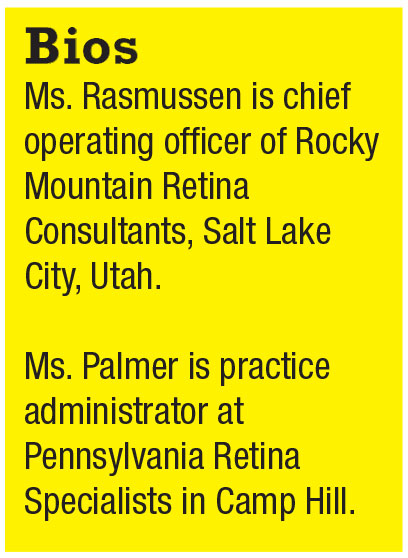 |
 |
Whether you are a single doctor managing all aspects of your practice or a practice administrator managing 150 employees your challenge to recruit and retain a well-trained, compassionate and loyal team is the same.
Finding the right people is even more difficult today with unemployment rates at an all-time low, so here I’ll provide some insight for retaining and developing your team in these difficult times. Here are seven strategies to help you achieve low staff turnover.
1. Share your mission
That is, make your practice mission statement known to all staff and share it with new hires in the interview process so they understand the goals of the practice. Have a comprehensive personnel policy, provide quality management and employee training. This helps to ensure a professional atmosphere that fosters teamwork and employee growth.
2. Hire selectively
This goes beyond finding the right skills; new hires should also fit your practice’s culture. Determine the key traits you desire for each position in your practice and seek candidates that best match your needs. If you compromise, it may cost you in the long run with poor staff morale, performance issues and other personnel problems.
3. Offer competitive salary and benefits
This is key for keeping long-term employees. Regional salary surveys can tell you how your compensation and benefits compare to similar positions in your area. Many clinicians think that paying a lower wage ultimately saves them money, but in my experience, you get what you pay for.
4. Offer a healthy work-life balance
This includes creating flexible work schedules or extra time off.
5. Help your employees get ahead
For staff who want career advancement, provide leadership and continuing-education opportunities. Depending on your practice size, have team lead positions for staff to champion various duties. Resources outside the practice can be very effective in achieving this as well. Lean on our local or state ophthalmology organizations as well as professional organizations such as the American Society of Retina Specialists and American Academy of Ophthalmology for their skill-development tools.
6. Hear them out
Make staff feel comfortable expressing ideas, sharing feedback and brainstorming to solve issues. This will cultivate a work environment that nurtures team building.
7. Show them you appreciate them
Give confirmation for work well done. Let staff know their talents are appreciated. Perhaps recognize staff on birthdays or hiring date anniversaries to remind them of their value. Office outings such as occasional picnics or bowling nights can promote team-building and camaraderie. Face-to-face appreciation goes a long way.
Step back and think about it
All of these strategies require dedicating resources that can be in short supply when trying to manage the day-to-day operations of a busy retina practice. With employees being our most important commodity, we must step back and consider how to integrate these ideas to protect our ability to provide exceptional service to our patients, our practice and our providers. RS



